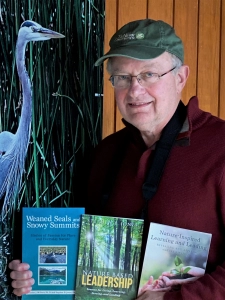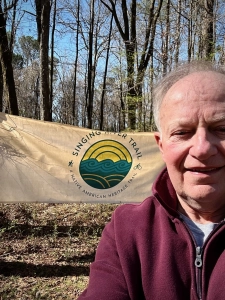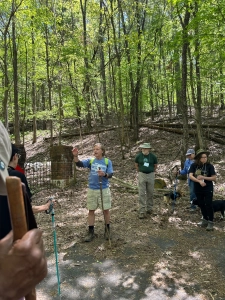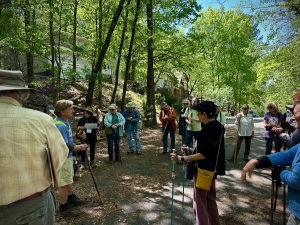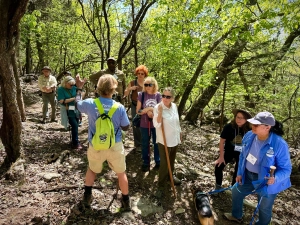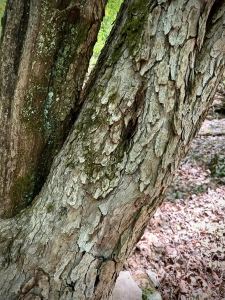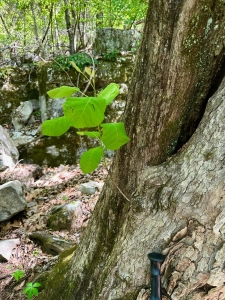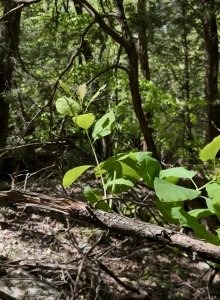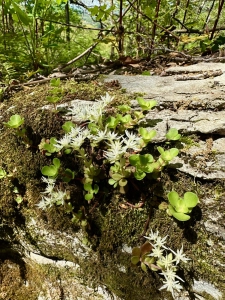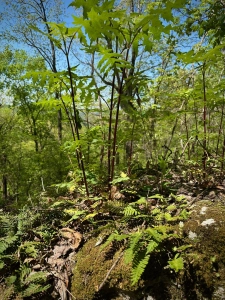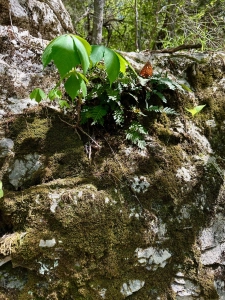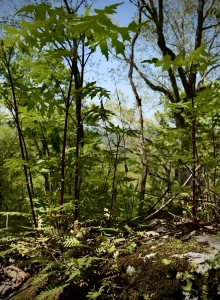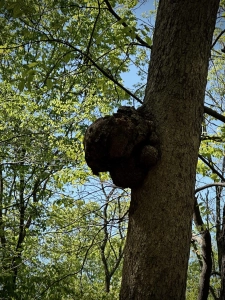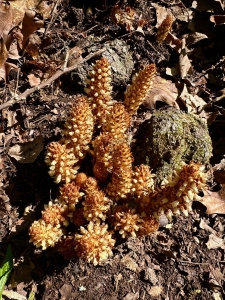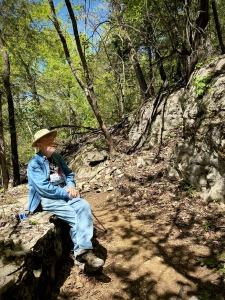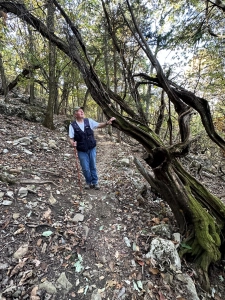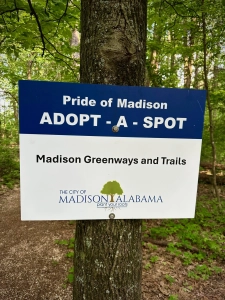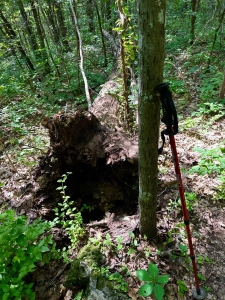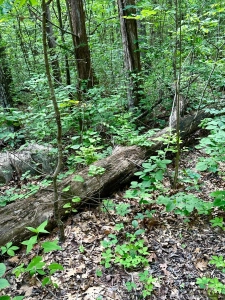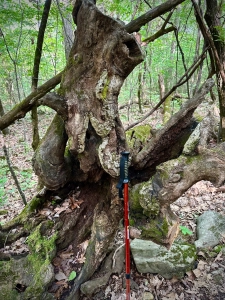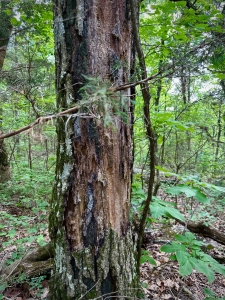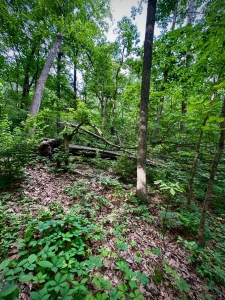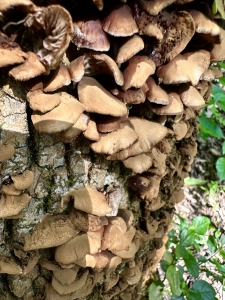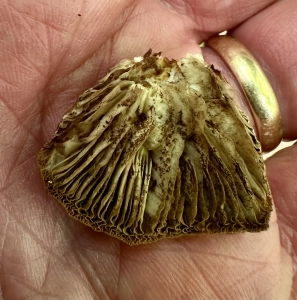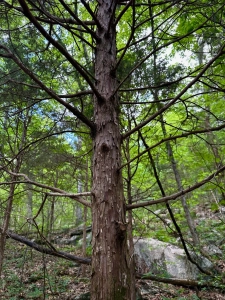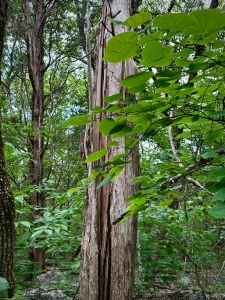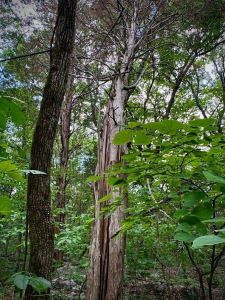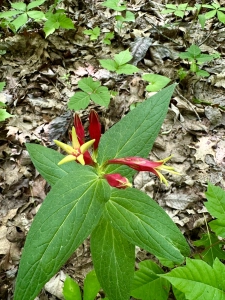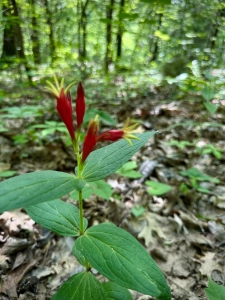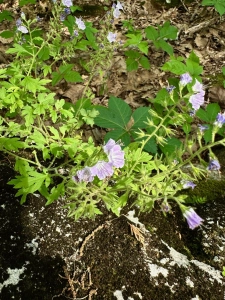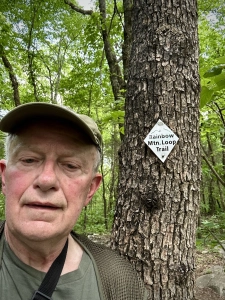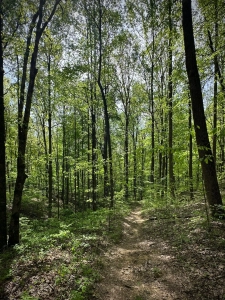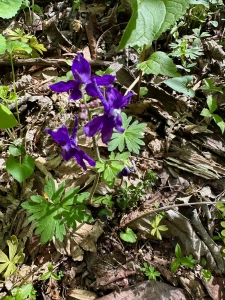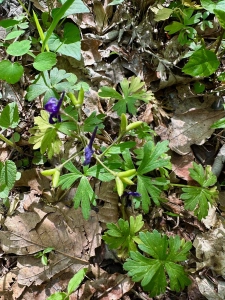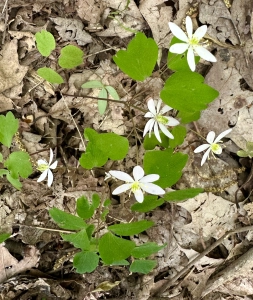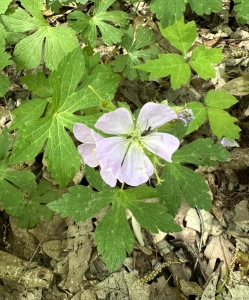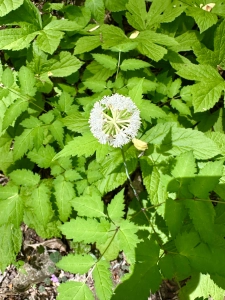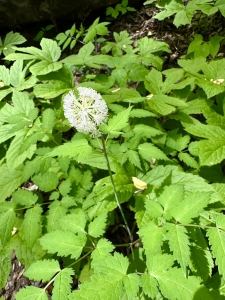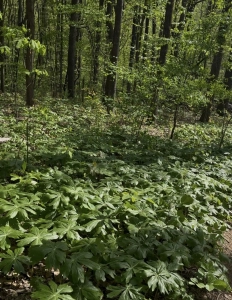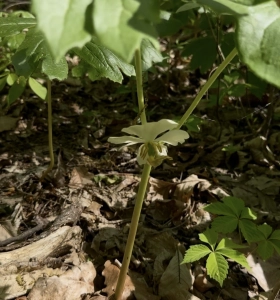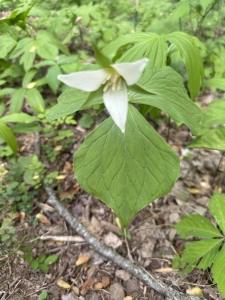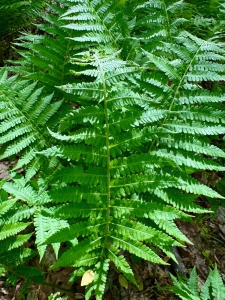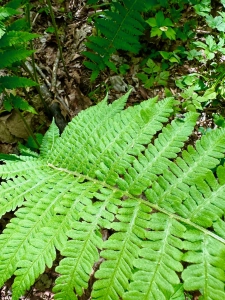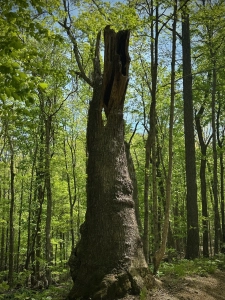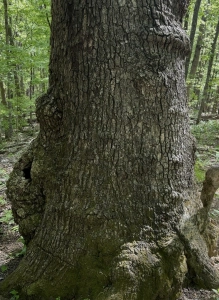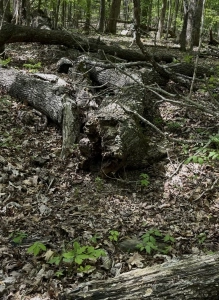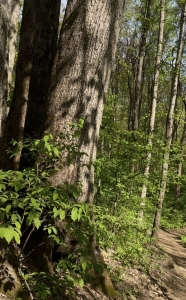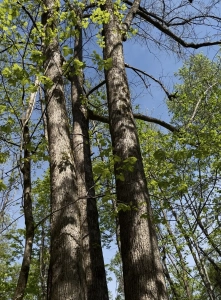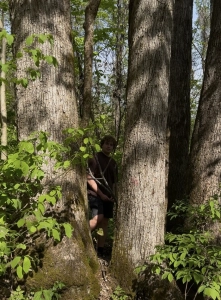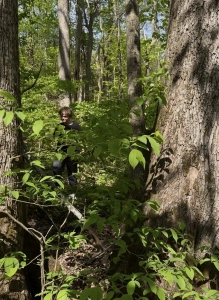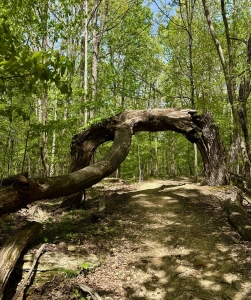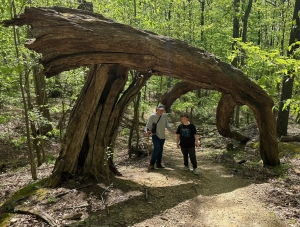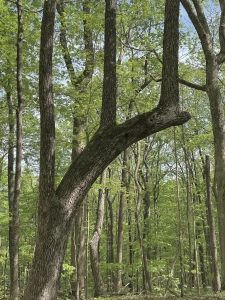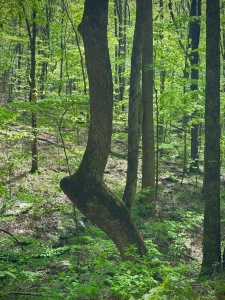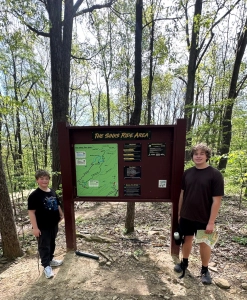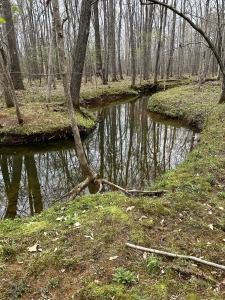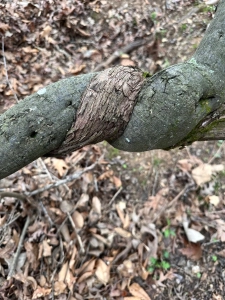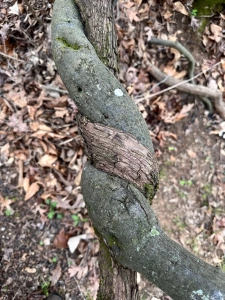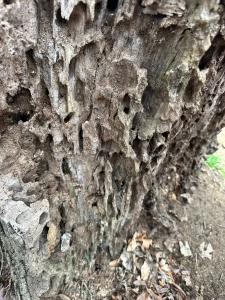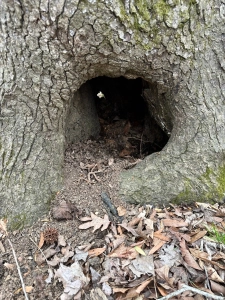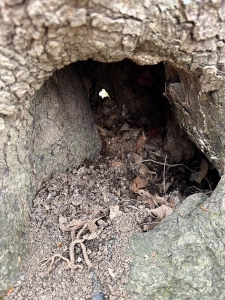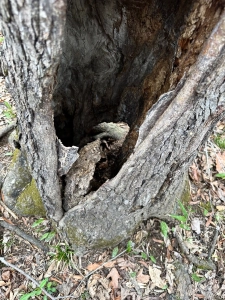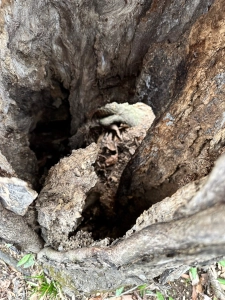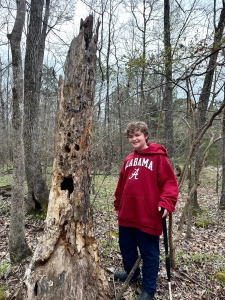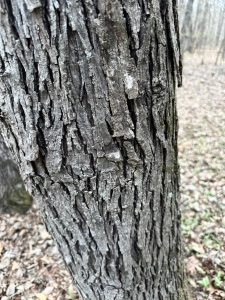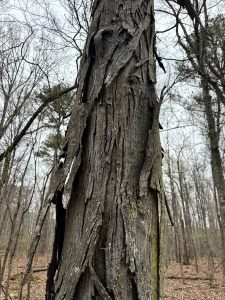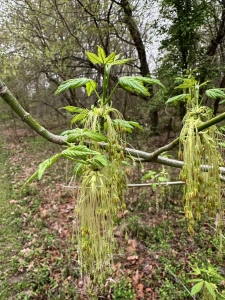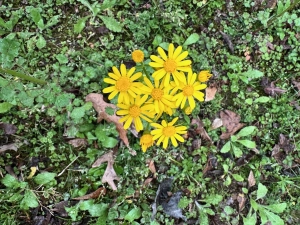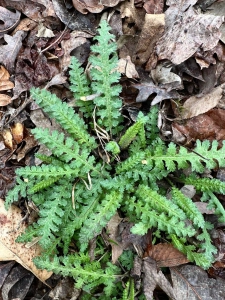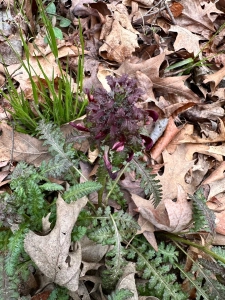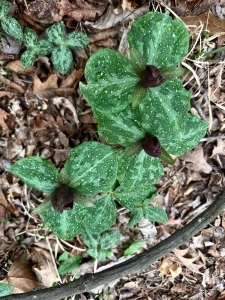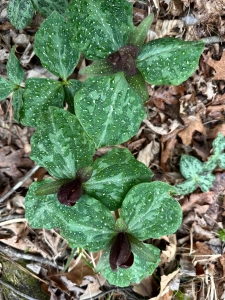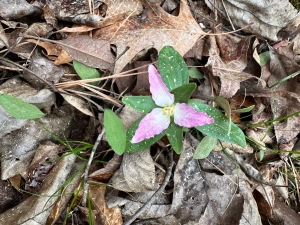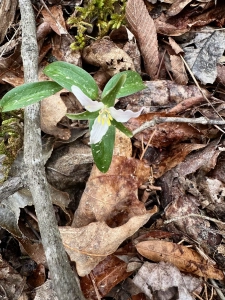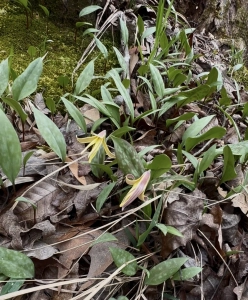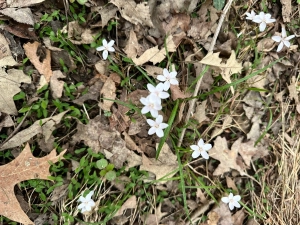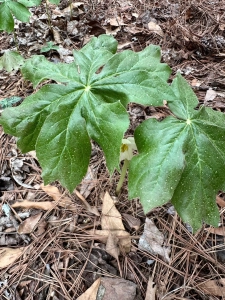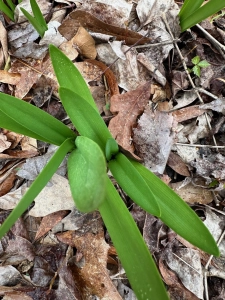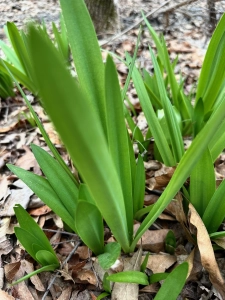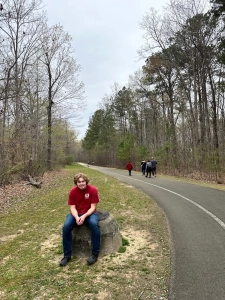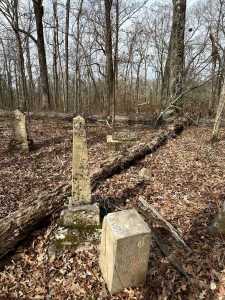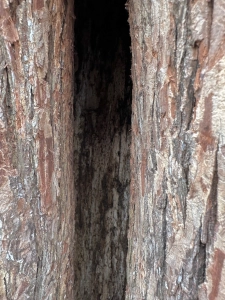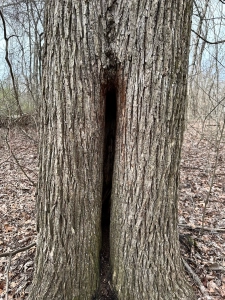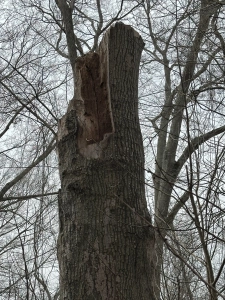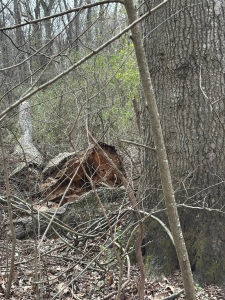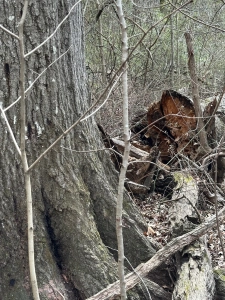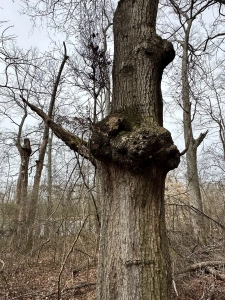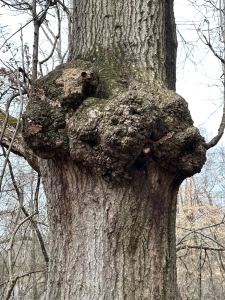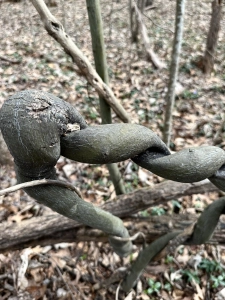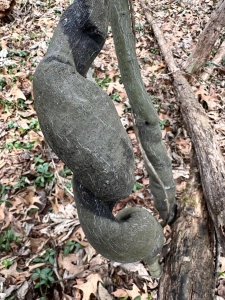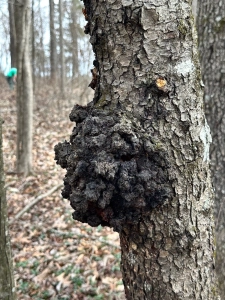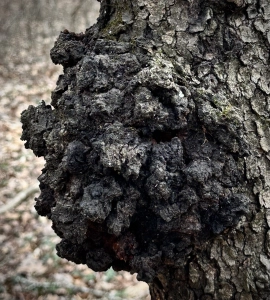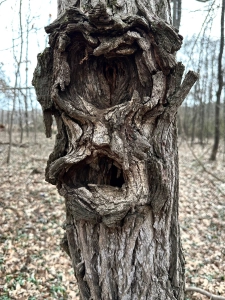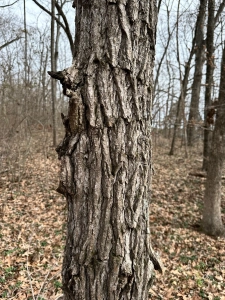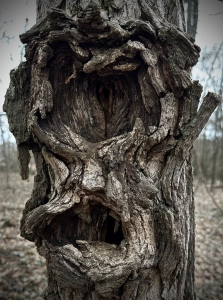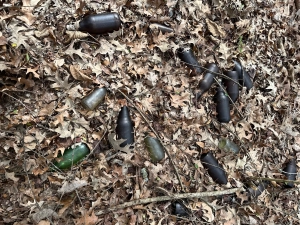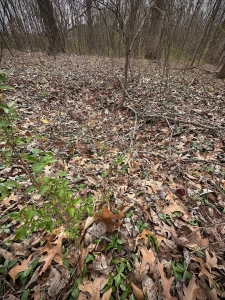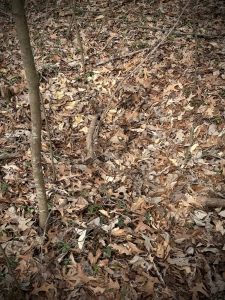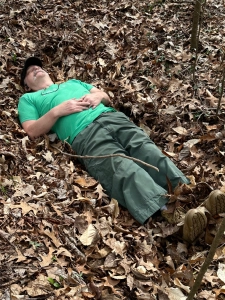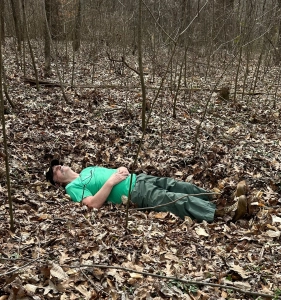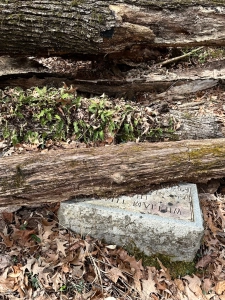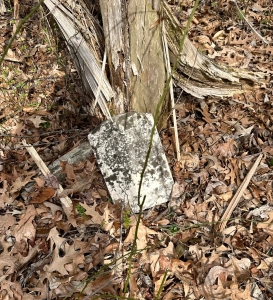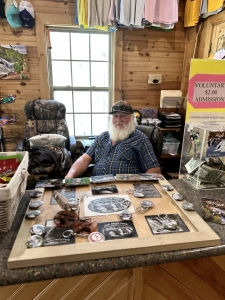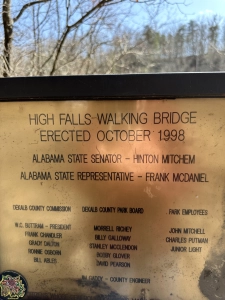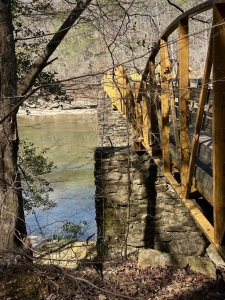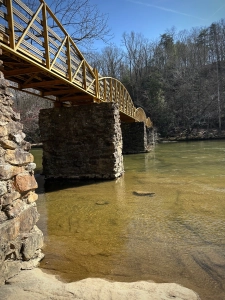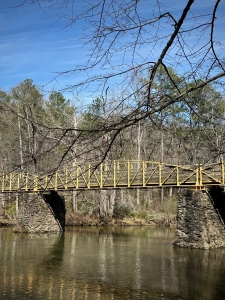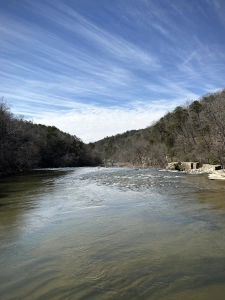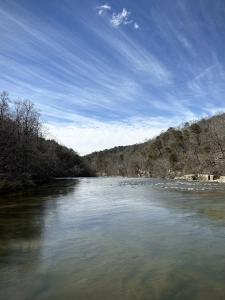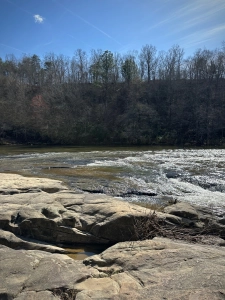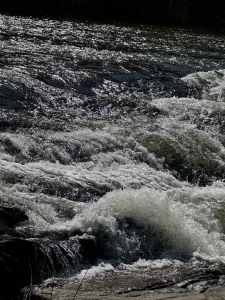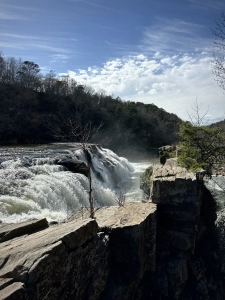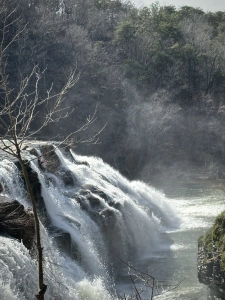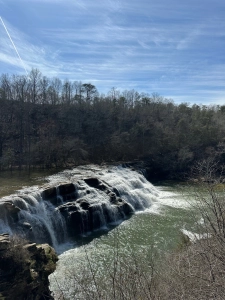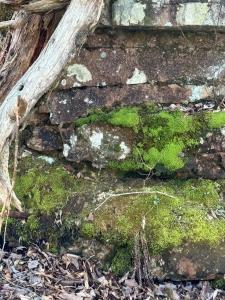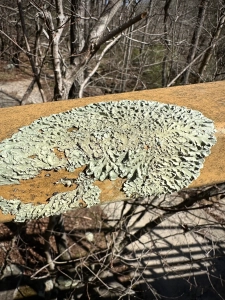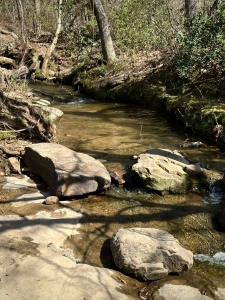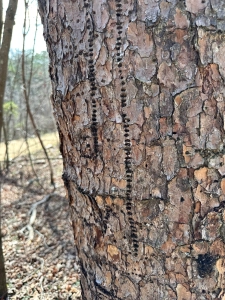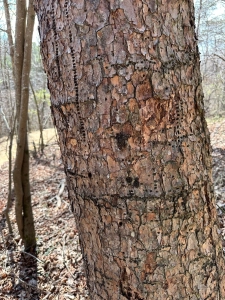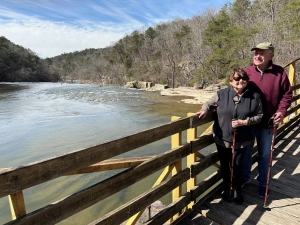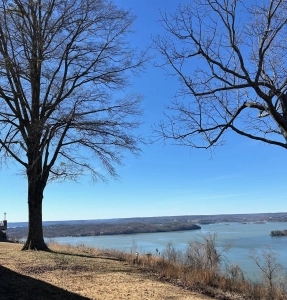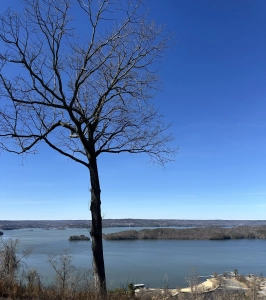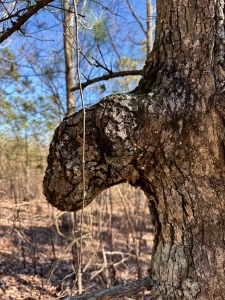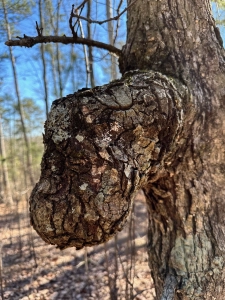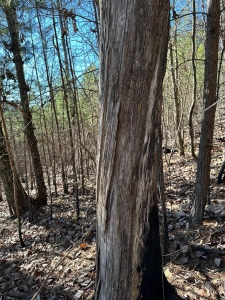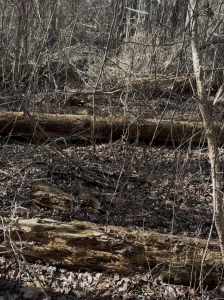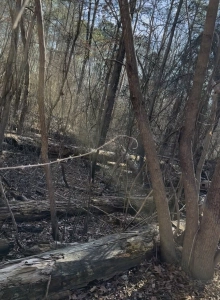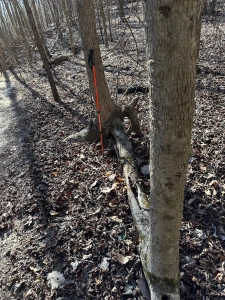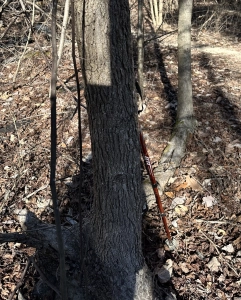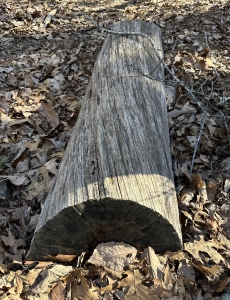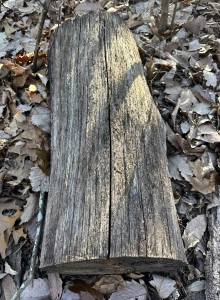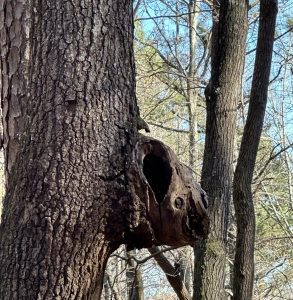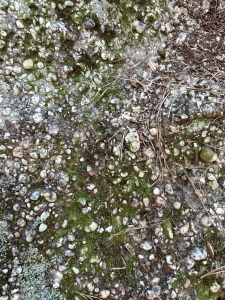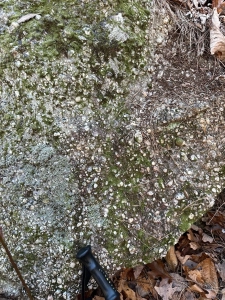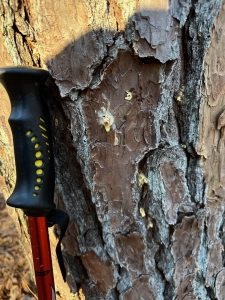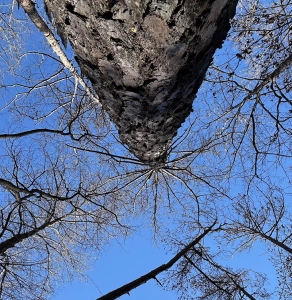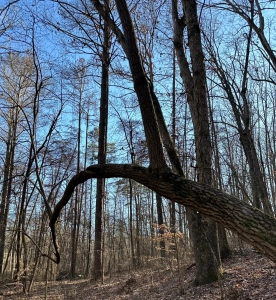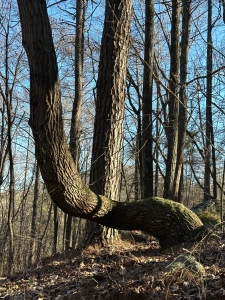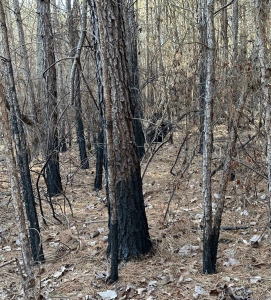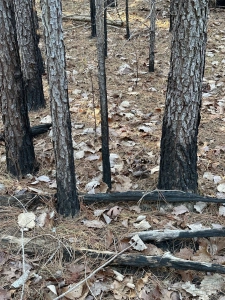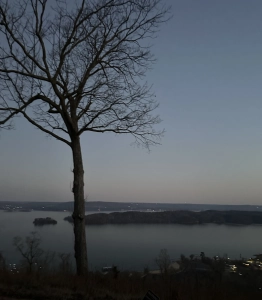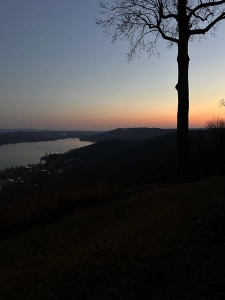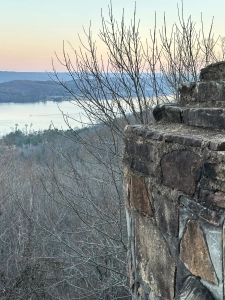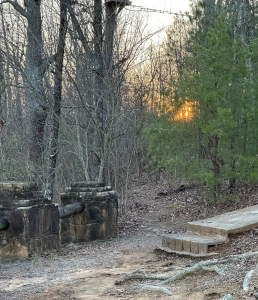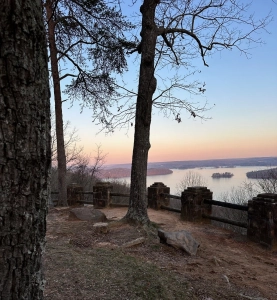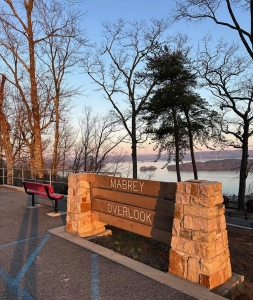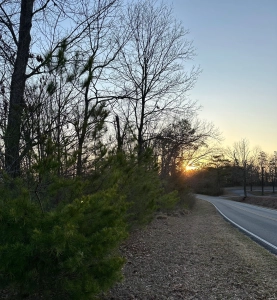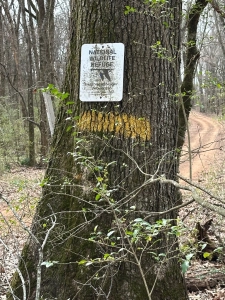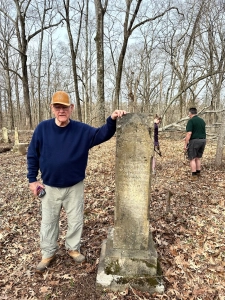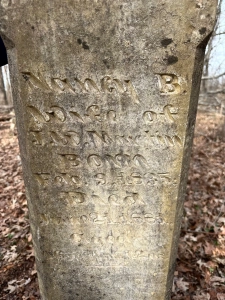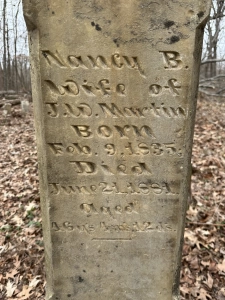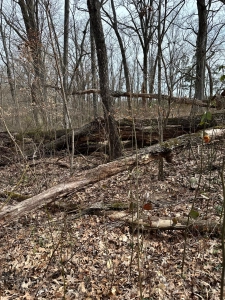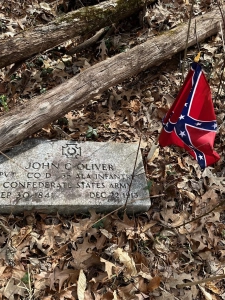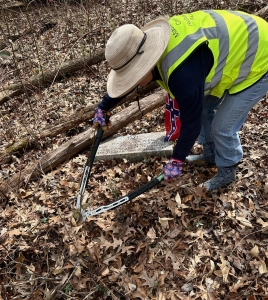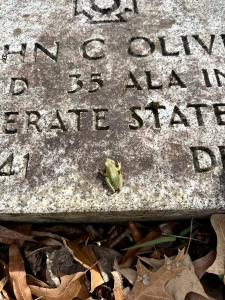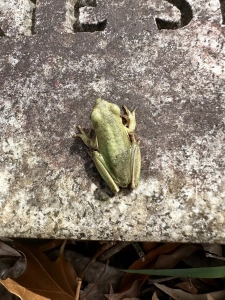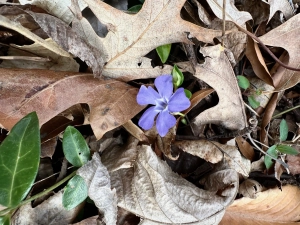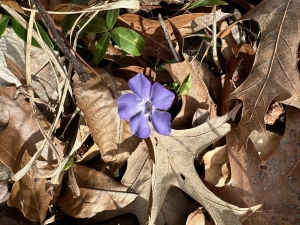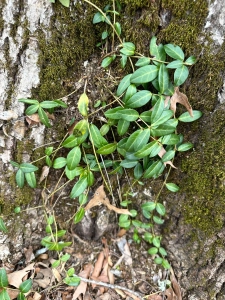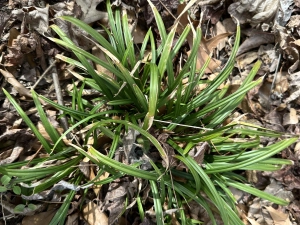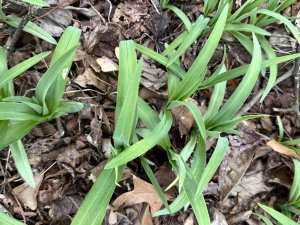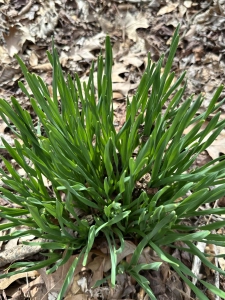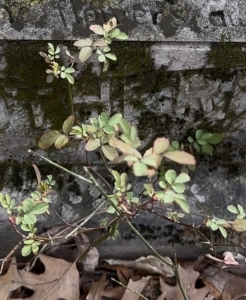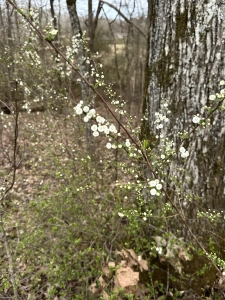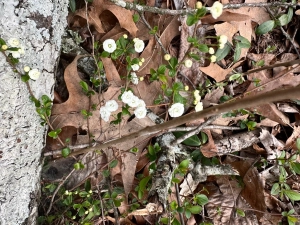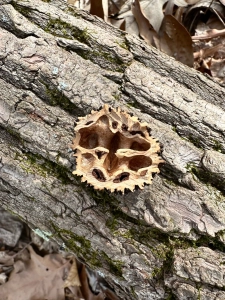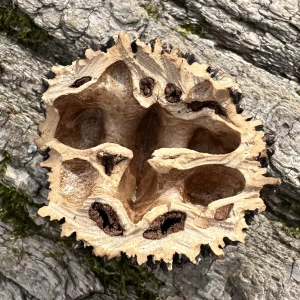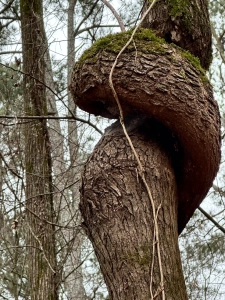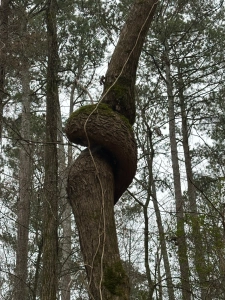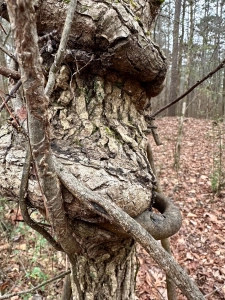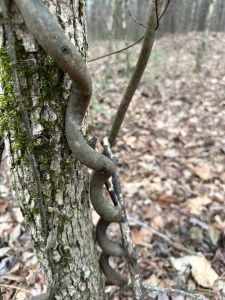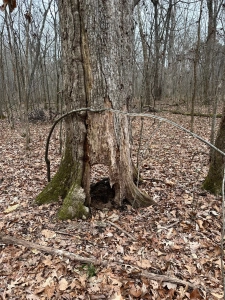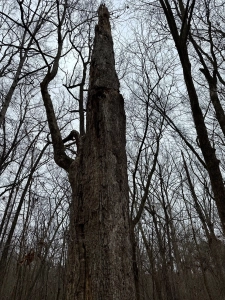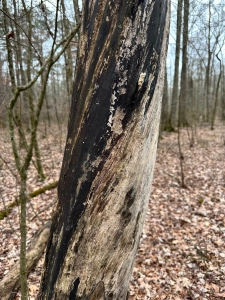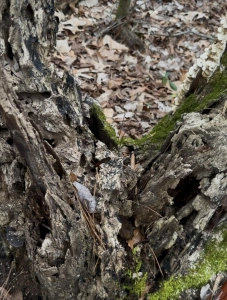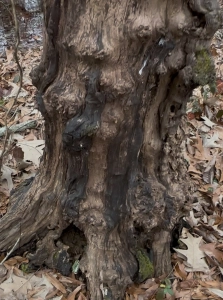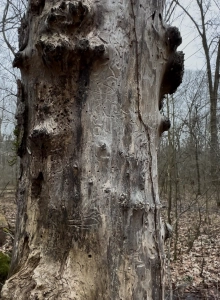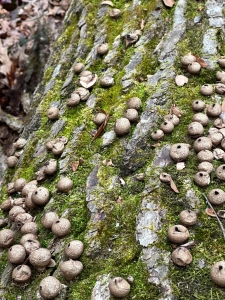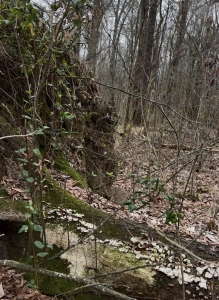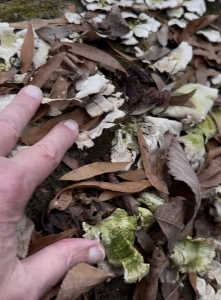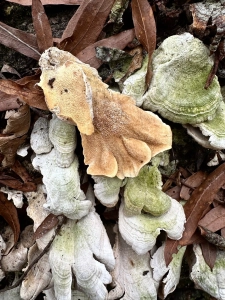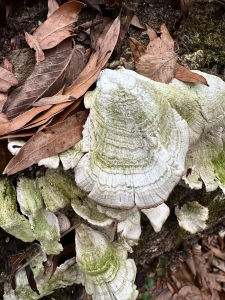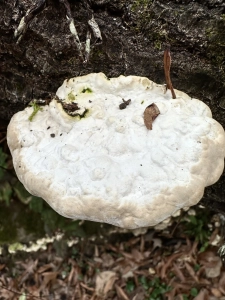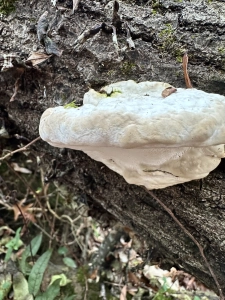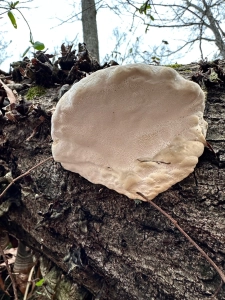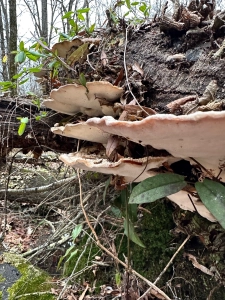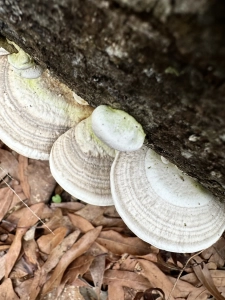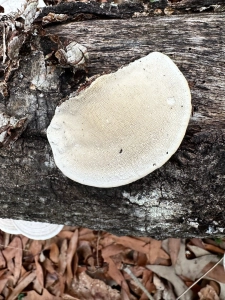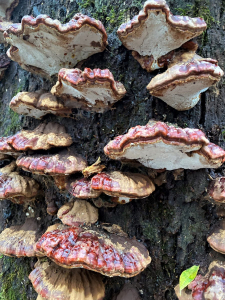Mooresville, AL: A Special Nature Place along the Singing River Trail!
Note: I am flagging this photo essay as one of a sub-series that introduces the emerging Singing River Trail (SRT):
A 200+ mile greenway system that strengthens regional bonds and creates new health and wellness, educational, economic, tourism, and entrepreneurial opportunities for the people and communities of North Alabama.
Historic Mooresville, Alabama, is the first town incorporated by the Alabama Territorial Legislature on November 16, 1818. Mooresville is on the National Register of Historic Places and is one of Alabama’s most important and intact pioneer villages. Historic homes and buildings, gracious gardens, and tree-shaded streets make a visit to Mooresville seem like a step back in time. SRT’s headquarters site is located a mile west of Mooresville, a couple of hundred yards west of Limestone Creek, and a similar distance north of Wheeler National Wildlife Refuge, a 35,000-acre reserve of major natural significance along SRT.
I photographed this banner at the entrance lane to SRT’s offices.
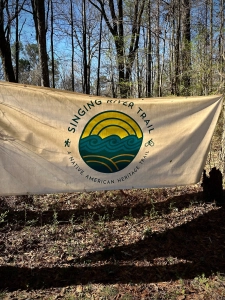
The Singing River Trail bears what could be my personal retirement banner. What old forester hasn’t asked, “How do you tell a child to save the planet if he/she can’t tell the difference between an oak tree and a pine tree?”
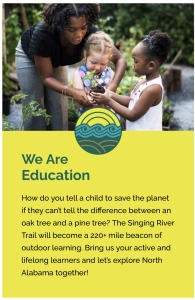
Mooresville tells the 200-year-old story of a pioneer community anchored in the region’s history of river-based transportation, commerce, and culture, agriculture, and nature. Add to that 13,000 years of Native American life and living along this historic river, and the tale is rich and compelling. I urge those of you who live nearby to visit across the seasons, and to those at distance, visit when you can.
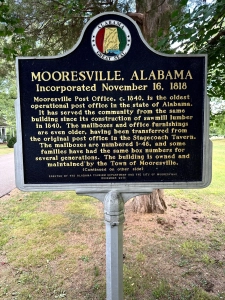
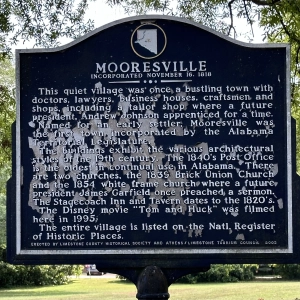
The day I visited the staff at SRT (March 17, 2025), Limestone Creek was overflowing its banks, putting on a great show from my perch on the highway bridge.
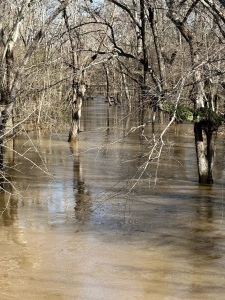
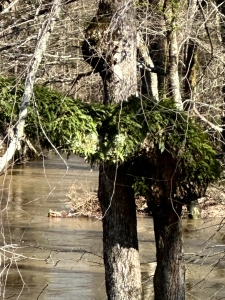
I recorded this brief video to share the magic of a cycle operating since long before adventuring aboriginals crossed the land bridge from Asia during the last ice age.
Limestone Bay (fed by Piney Creek, Limestone Creek, and Beaverdam Creek) lies center left below in the lower right quadrant of the I-65 and I-565 intersection. Piney Creek crosses I-565 east of I-65. Limestone Creek enters the Bay just west of Mooresville. Beaverdam Creek crosses the Interstate entering the long appendage of the Bay that reaches to the northeast.
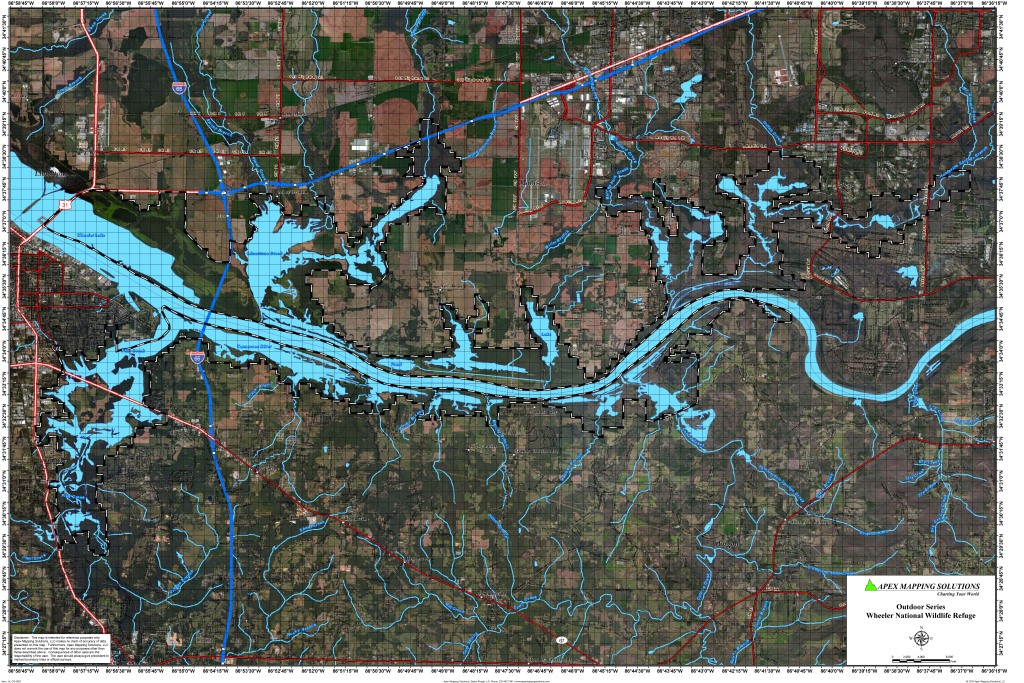
I would love to transport back in time by increments of 50 years to the period of European settlement, and then by 100 years through the next 5oo years, and finally by 500 years to the arrival and settlement by Native Americans. Oh, to see the changes in the land!

For the geographic curious, here’s a close-up of Limestone Bay.
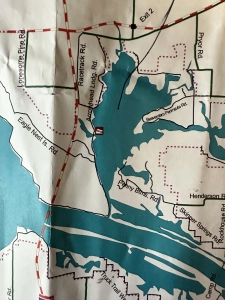
A friend took me aloft in his Cessna aircraft on August 20, 2023 to introduce me to the Refuge from 2,000 feet. The brief video shows us approaching the I-65 bridge from the east, with Decatur beyond. I pick up Limestone Bay only when we turn north, as the Bay passes under the right strut. It’s a fleeting glimpse in a broader video that captures the beauty, magic, wonder, and awe of our 55-square-mile backyard Wheeler National Wildlife Refuge.
Wheeler Dam, its lake, and Limestone Bay lay in the far distant future when Mooresville interred its first deceased resident in the early 1820s.
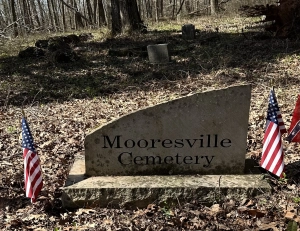
Citizens of great faith, early Mooresville residents relied upon their knowledge, skills, each other, and God to ensure their journey through life and into the future. Faith demands looking ahead…and always up. The Mooresville church steeple points heavenward, reminding all from where all blessings flow.
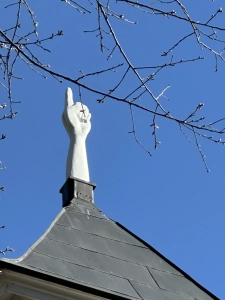
The quaint original buildings will attract and reward SRT passersby, encouraging relaxation, contemplation, and reflection.
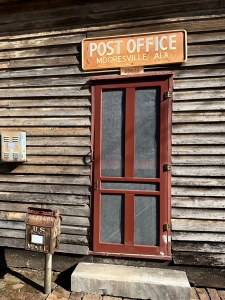
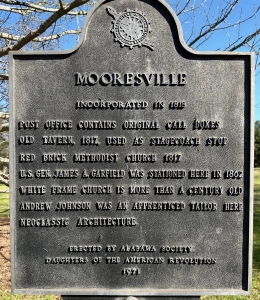
An ancient oak tree, likely dating to the town’s founding, paradoxically shades Piney Street.
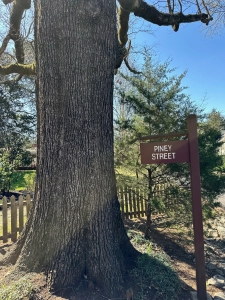
Mooresville epitomizes a keystone of SRT, “We are tourism.”
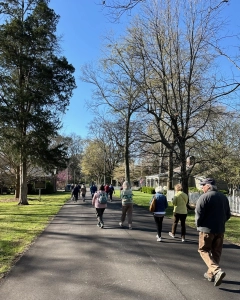
An operating farmstead draws visitors back 200 years to the days when settlers were far more self-sustaining than we are today.
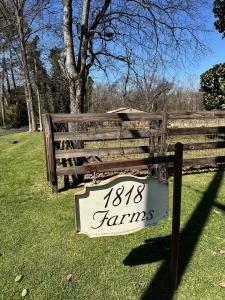
A southern magnolia shades the sheep still warmed by thick winter coats.
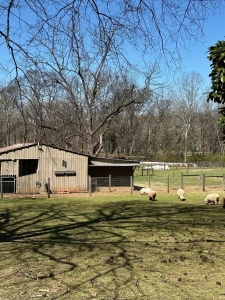
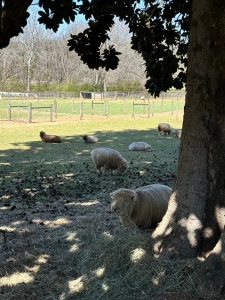
Closing
From my first professional apointment in May 1973, through my final role in January 2018, I subscribed to the mission of my employer. I drafted my personal retirement mission in 2018:
Employ writing and speaking to educate, inspire, and enable readers and listeners to understand, appreciate, and enjoy Nature… and accept and practice Earth Stewardship.
Mooresville sits at the nexus of natural environment, human nature, history, economy, society, and the future. Developing this photo essays sits squarely within my retirement mission.
Mooresville, AL is just 15 miles southwest of my home in Madison, AL. The fledgling Singing River Trail (SRT) is headquartered there. From its website (https://singingrivertrail.com/), SRT is more than a trail or greenway:
The Singing River Trail will be a 200+ mile greenway system that strengthens regional bonds and creates new health and wellness, educational, economic, tourism, and entrepreneurial opportunities for the people and communities of North Alabama.
As a lifelong devotee of hiking/sauntering, running, biking, and Nature exploration, I am creating another Great Blue Heron weekly photo essay series focused on The Nature of the Singing River Trail. I will incorporate individual essays into my routine Posts that total approximately 450 to-date (archived and accessible at: https://stevejonesgbh.com/blog/). I offer this essay as an orientation to the new series.
SRT is indeed tourism…and for me, a vehicle for meeting my personal retirement vision:
- People of all ages will pay greater attention to and engage more regularly with Nature… and will accept and practice informed and responsible Earth Stewardship.
- They will see their relationship to our natural world with new eyes… and understand their Earth home more clearly.
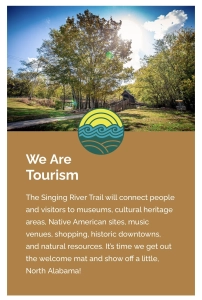
Mark Tercek, former CEO of The Nature Conservancy, characterizes Nature as infrastructure essential for ecosystem services (fresh air, purified water, wildlife habitat, recreation, aesthetics, etc.). I believe that SRT is a necessary infrastructure complement to the Tennessee Valley region.
Thoughts and Reflections
I offer these observations:
- I wonder whether anyone present in 1818 Mooresville had an inkling of what 2025 held in store?
- Nothing informs the future better than a careful look to the past.
- SRT is a necessary infrastructure complement to the Tennessee Valley region.
Inhale and absorb Nature’s elixir. May Nature Inspire, Inform, and Reward you!
Note: Unless otherwise noted, all blog post images are created & photographed by Stephen B. Jones.
Please circulate images with photo credit: “©2025 Steve Jones, Great Blue Heron. All Rights Reserved.”
I am available for Nature-Inspired Speaking, Writing, and Consulting — contact me at steve.jones.0524@gmail.com
A reminder of my Personal and Professional Purpose, Passion, and Cause
If only more of us viewed our precious environment through the filters I employ. If only my mission and vision could be multiplied by untold orders of magnitude:
Mission: Employ writing and speaking to educate, inspire, and enable readers and listeners to understand, appreciate, and enjoy Nature… and accept and practice Earth Stewardship.
Vision:
- People of all ages will pay greater attention to and engage more regularly with Nature… and will accept and practice informed and responsible Earth Stewardship.
- They will see their relationship to our natural world with new eyes… and understand their Earth home more clearly.
Tagline/Motto: Steve (Great Blue Heron) encourages and seeks a better tomorrow through Nature-Inspired Living!
Steve’s Four Books
I wrote my books Nature Based Leadership (2016), Nature-Inspired Learning and Leading (2017), Weaned Seals and Snowy Summits: Stories of Passion for Place and Everyday Nature (2019; co-authored with Dr. Jennifer Wilhoit), and Dutton Land & Cattle: A Land Legacy Story (2025) to encourage all citizens to recognize and appreciate that every lesson for living, learning, serving, and leading is either written indelibly in or is powerfully inspired by Nature. All four of my books present compilations of personal experiences expressing my deep passion for Nature. All four books offer observations and reflections on my relationship with the natural world… and the broader implications for society. Order any from your local indie bookstore, or find them on IndieBound or other online sources such as Amazon and LifeRich.
I began writing books and Posts for several reasons:
- I love hiking and exploring Nature
- I see images I want to (and do) capture with my trusty iPhone camera
- I enjoy explaining those images — an educator at heart
- I don’t play golf!
- I do love writing — it’s the hobby I never needed when my career consumed me
- Judy suggested my writing is in large measure my legacy to our two kids, our five grandkids, and all the unborn generations beyond
- And finally, perhaps my books and Blogs could reach beyond family and touch a few other lives… sow some seeds for the future
